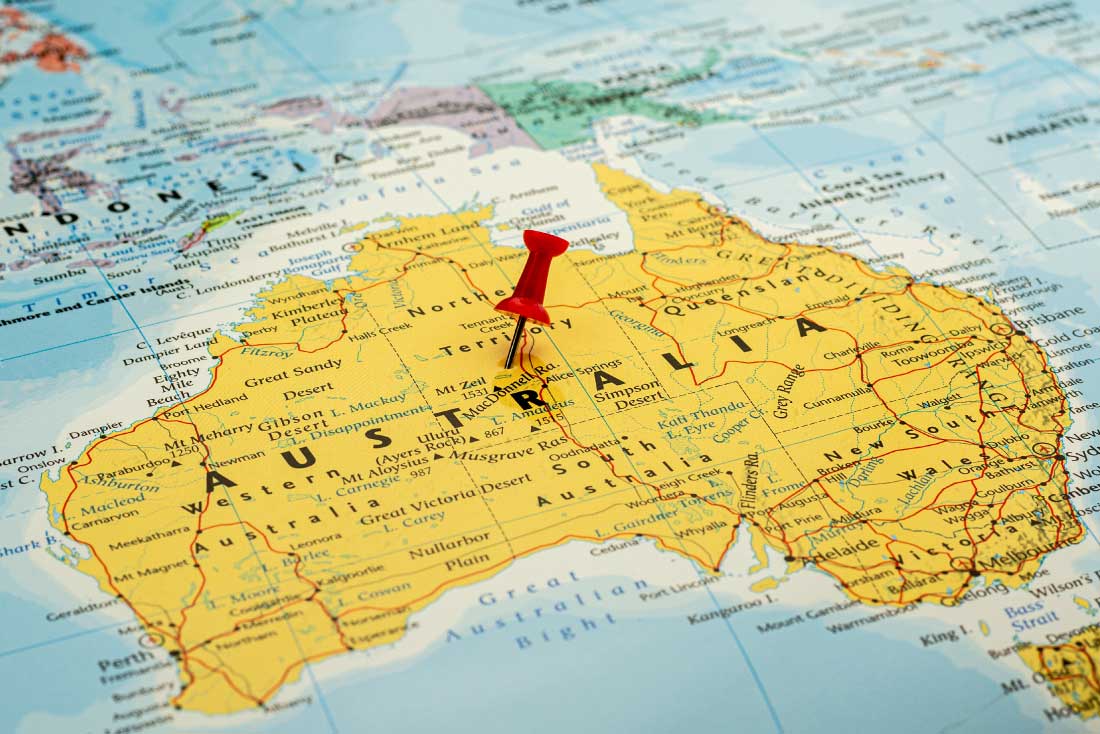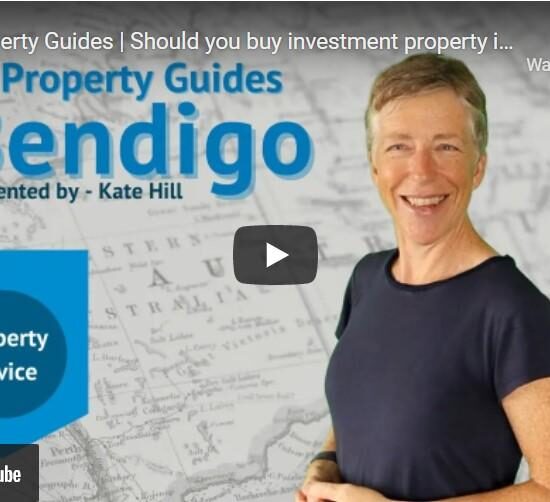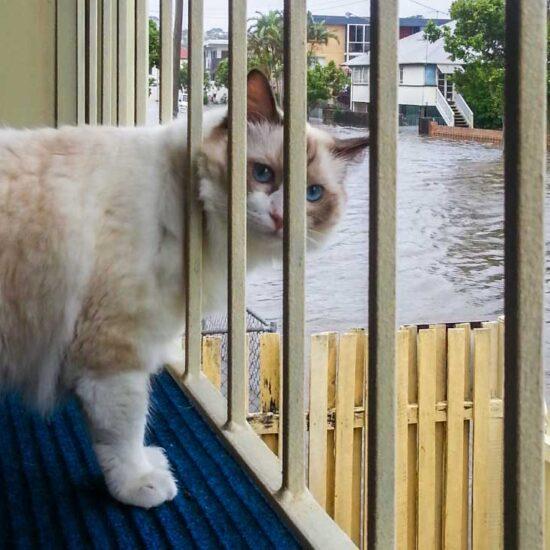
By Kate Hill, Adviseable
“Picking the ideal location for property investment is not as simple as buying in an area which has previously performed well.”
There are plenty of things potential investors need to consider when looking for the next property investment hotspot, according to Kate Hill from Adviseable, a buyer’s agents service for property buyers.
Hill says while there are many good growth areas for investment, it’s important that buyers and investors select the one that’s right for them.
“Finding that right property for the area and for you, all of these things are equally important in our process,” she says. “This might sound really obvious, but it’s actually more than just about finding a growth area.”
Hill says it’s important for investors to select the right property as well as the right area – one that fits within their risk profile and financial capacity.
“You need to be able to hold this asset for long enough for it to perform for you,” she says. “If you can’t afford it, you’re not going to be able to do that.
“Solid research will ensure that your property will grow during the time that you own it. It won’t eliminate risk, but it certainly will mitigate it.”
Adviseable has ten tips for researching whether an area is good for property investment.
1 Location and area overview
Look at the map, see what the area is like, calculate the distance from major jobs nodes and amenities.
See how many people are living in the area, look at the median property price, median rent and vacancy rates.
“You want to be looking at these things just in general to start with, to see whether you can afford property here and to get a feel for the area,” Hill says. “It’s important that people are able to access amenities and services.”
Use Google Maps which is probably the best one.
2 Infrastructure
“What are the established and completed infrastructure projects and what are the proposed and under construction infrastructure projects,” Hill says.
“This is the crucial thing: we are looking for projects that cater for and plan for growing population and improved services.
“So, the presence of good established infrastructure is a key requisite to ensure that the area is fit to thrive right now.
“You’ve got to have the amenities and facilities like schools, hospitals, roads, transport, shopping and lifestyle features, to a degree that people want to live there.”
Check out the local council website for good information and Hotspotting.com.au location reports.
3 Industry
“You need to ensure that there are enough diverse businesses in the area and that people can work locally,” Hill says.
“If there aren’t any businesses or enough businesses in town, people are going to be traveling to work. It’s more secure for the location if that employment is available in the local area.”
Hill says it’s also important that there is diversity among local industries.
“I can’t stress enough how important this is,” she says. “It’s crucial to ensure that the people that are living there have enough work and that they can make a living in different industries.”
Check out the local council website for good information, economy.id.com.au and Hotspotting.com.au location reports.
4 Economics
“Closely tied to industry is the strength of the local economy ,” she says. “Good economic health of an area is crucial for it to sustain growth and support the ongoing viability of industry.”
“You’ve got to measure economic indicators such as the unemployment rate, jobs growth and median income growth.”
It’s also a good idea to check that the local council is actively seeking to foster and encourage growth in an area.
Check out economy.id.com.au.
5 Population growth and demographic mix
Understanding who lives in an area can give you an insight into property demand.
“Knowledge of those population figures will allow you to target areas with strong rising population which will reduce investment risk because there’s support from prospective tenants and future buyers,” Hill says.
“It’s crucial that you understand this because these are the people you’re buying for. They’re going to rent this property from you or buy it from you if you need to sell.”
Check out profile.id.com.au
6 Assessing the surroundings
Assessing the surroundings is essential: is there easy access to public transport, shops and services. And what about bushfire and flood hazards? check that your potential is not at severe risk.
It’s also important to check zonings in the area, which inform investors about how the area may change in the future.
Use Google Maps, local council websites and general Google searches.
7 Supply and demand: sales
It’s important to research supply and demand for properties in the area. If there is strong demand, with few new properties coming on to the market, that suggests a strong local market.
If demand is weak in the local market, or oversupply exists, that could make it difficult to find a buyer when the time comes to sell.
Use sqmresearch.com.au or a subscription to CoreLogic or Price Finder.
8 Supply and demand: rent
It’s also important to check vacancy rates, according to Ms Hill.
If there are multiple properties available for rent, with vacancies above 3%, it may take some time to find a tenant or prove difficult to achieve the rental you need to cover expenses.
Use sqmresearch.com.au or a subscription to CoreLogic or Price Finder; you can also read the Property Observer website.
9 Yield and cash flow
Investors need to work out the basic yield and personal cash flow outcomes (two different calculations), taking into account rental income and the property’s annual expenses.
Expenses, which can vary significantly from state to state, include property management fees, council rates, insurance and land tax. Cash flow outcome will then also take into consideration a buyer’s marginal tax rate. Is that property costing or making you money?
Check out eurekareport.com.au.
10 Word on the street
“This is all that stuff that the statistics are not really going to tell you,” Hill says. “It’s the local knowledge, including the areas to avoid and why.” It also includes local knowledge about what types of properties are in demand by tenants. Hill says this can help future-proof investors against downturns in the local market. “If you buy the in-demand property type, then you’ll always have a tenant,” she says. “You’ll have a better chance of always having a tenant and you will be able to sell it more easily if you need to. “You don’t always want to sell a property, but if something happens in your life and you need to sell it, you want to be able to do that quickly. And if you have bought the wrong property type, it’s going to take longer. “It’s common sense, but people don’t think this through and make good choices as investors.”
Talk to local town planners, valuers and property managers.







